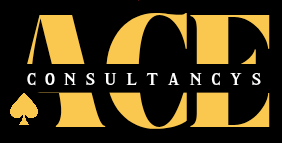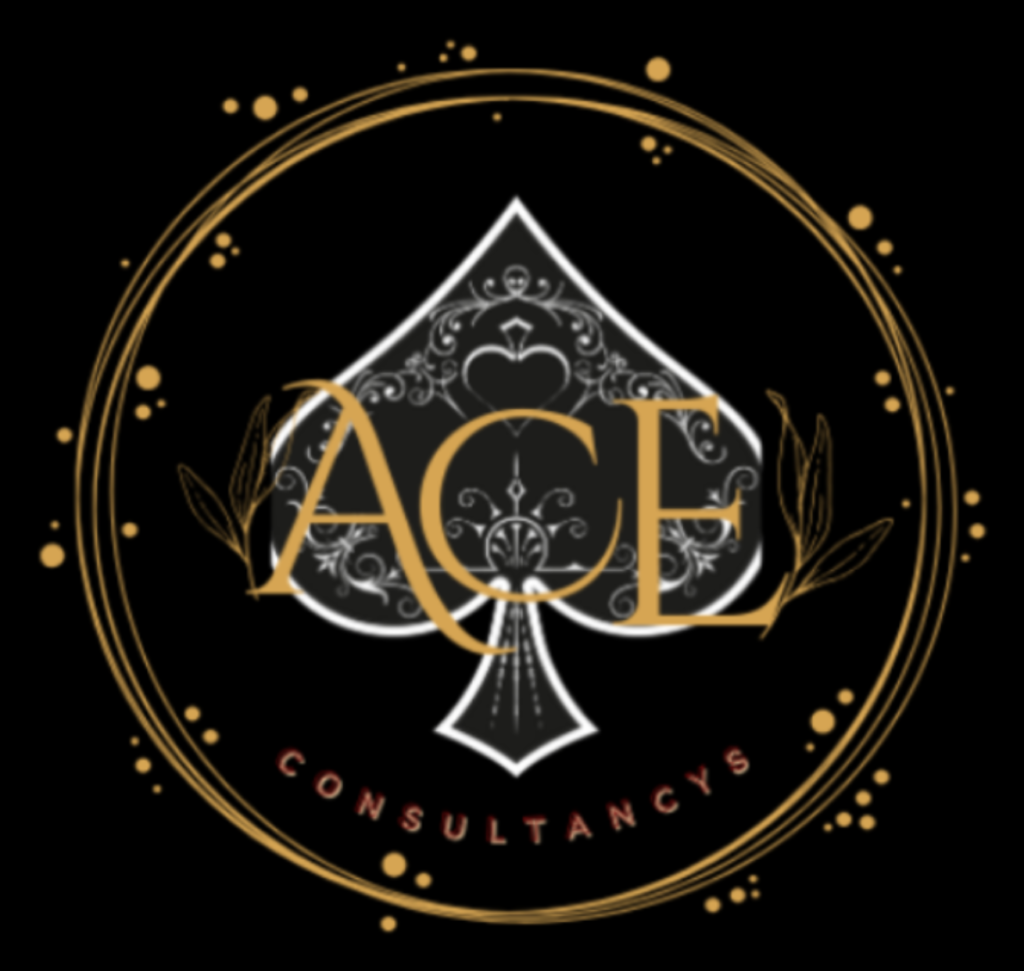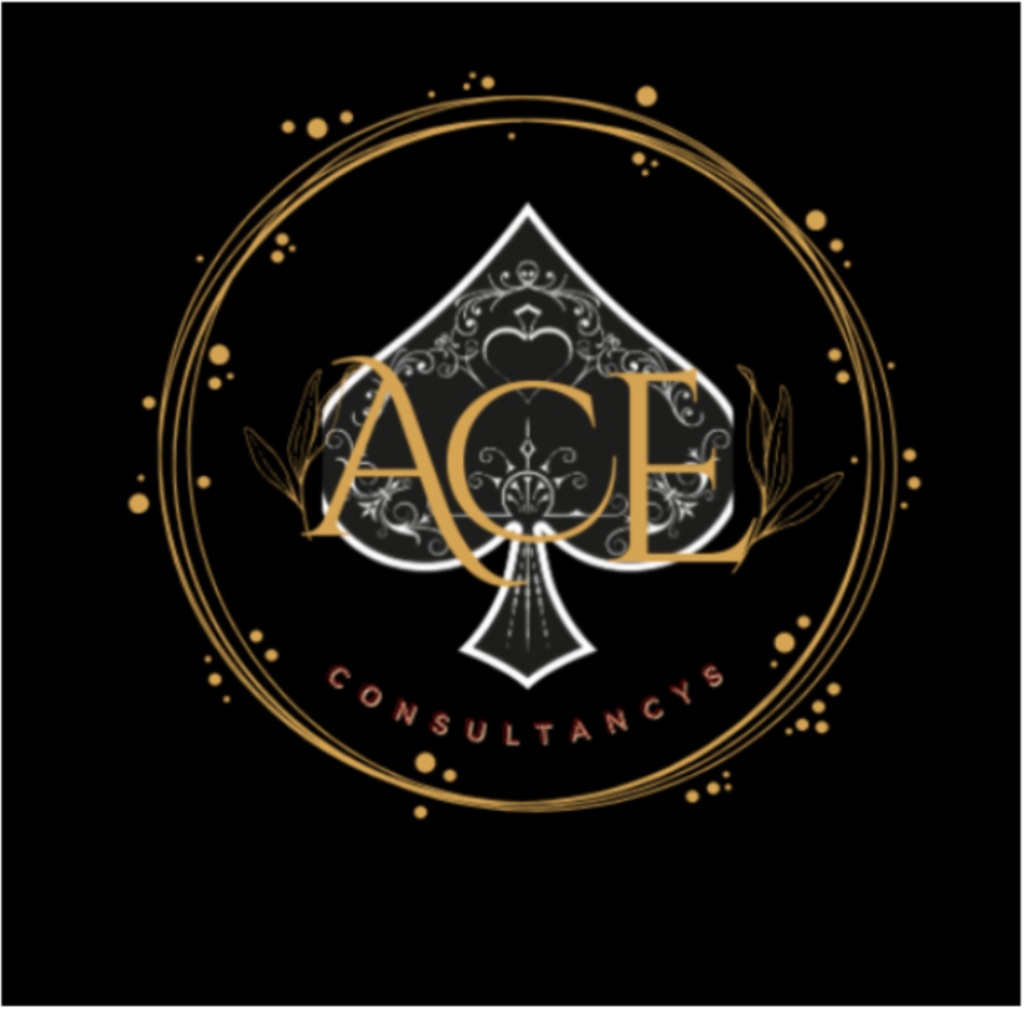Introduction
In today’s digital networking landscape, LinkedIn-cold messaging has become an essential skill for professionals seeking to expand their business connections and opportunities. When executed correctly, LinkedIn-cold messaging can open doors to partnerships, sales, and career advancement. However, the line between effective outreach and annoying spam is thin. According to a 2023 report by HubSpot, 79% of professionals regularly receive LinkedIn cold messages, but only 21% find them valuable enough to respond. This comprehensive guide explores the dos and don’ts of LinkedIn messaging to help you craft messages that engage and convert rather than irritate and alienate.
Understanding the Power of LinkedIn Cold Messaging
LinkedIn-cold messaging involves reaching out to individuals with whom you have no prior connection. With over 900 million professionals on the platform, LinkedIn presents unprecedented networking opportunities. Research from the LinkedIn Sales Solutions team shows that salespeople who regularly use LinkedIn-cold messaging effectively generate 45% more sales opportunities than those who don’t leverage this approach.
However, the effectiveness of LinkedIn messaging hinges entirely on your approach. A study by Backlinko revealed that personalized LinkedIn messages have a 21% higher response rate compared to generic templates. This underscores the importance of crafting messages that resonate with your target audience rather than blasting out cookie-cutter pitches.
The Dos of LinkedIn Cold Messaging
Do Your Research Before Reaching Out
Before sending a LinkedIn cold message, thoroughly research your prospect. Review their profile, recent activity, shared connections, and company information. According to Sales Navigator data, sales professionals who reference specific details from a prospect’s profile in their messaging are 76% more likely to receive a response than those who send generic messages.
This research phase is crucial for messaging on LinkedIn success. Look for common interests, mutual connections, or recent achievements you can genuinely acknowledge. These personal touches demonstrate that you’ve invested time to understand them rather than randomly selecting them for outreach.
Do Personalize Every Message
Generic templates are the death knell of messaging effectiveness. Begin each message by addressing the recipient by name and include at least one personalized detail that demonstrates your genuine interest in connecting. A study by SalesHacker found that LinkedIn cold messages with personalized opening lines receive 37% higher open rates and 31% more responses.
The personalization should extend beyond simply mentioning their name. Reference specific content they’ve shared, congratulate them on recent accomplishments, or mention industry challenges relevant to their role. This approach shows that your LinkedIn-cold messaging is thoughtful and valuable rather than automated and self-serving.
Do Provide Clear Value Upfront
Successful LinkedIn-cold messaging requires offering clear value to the recipient. Instead of immediately asking for something, focus on what you can provide. Whether it’s industry insights, relevant connections, or solutions to challenges they may be facing, your message should answer the recipient’s unspoken question: “What’s in it for me?”
According to a LinkedIn Sales report, messages that lead with value propositions relevant to the recipient’s role or industry achieve a 35% higher response rate than those that immediately request a meeting or pitch a product.
Do Keep It Brief and Specific
When crafting LinkedIn-cold messaging, brevity is your ally. According to LinkedIn’s own data, messages with 50-125 words receive the highest response rates. Aim to make your point quickly while still including necessary personalization and value statements.
Additionally, be specific about why you’re reaching out and what you hope to achieve from the connection. Vague LinkedIn-cold messaging rarely inspires action. End with a clear, low-pressure call to action that makes it easy for the recipient to respond.
The Don’ts of LinkedIn Cold Messaging
Don’t Send Mass Messages
Nothing undermines cold messaging efforts faster than obviously templated messages sent to dozens or hundreds of prospects simultaneously. Research by Oktopost shows that 91% of professionals immediately disengage when they receive messages clearly sent en masse.
Take the time to craft individual messages that demonstrate genuine interest. While this approach requires more time investment upfront, the improved response rates and relationship quality make it worthwhile for serious LinkedIn-cold messaging practitioners.
Don’t Be Overly Familiar or Presumptuous
Maintain professionalism in your cold messaging tone. Avoid overly casual language, presumptuous statements, or acting as though you have an established relationship when you don’t. A survey by Edelman found that 63% of decision-makers are put off by outreach that assumes familiarity without basis.
Respect the formal nature of professional networking, especially in initial LinkedIn-cold messaging. As the relationship develops, the tone can naturally evolve, but premature familiarity often backfires.
Don’t Make It All About You
The fastest way to fail at LinkedIn-cold messaging is to focus exclusively on yourself, your product, or your company. Messages that are self-centered rather than recipient-focused see 27% lower engagement rates, according to data from SalesLoft.
Instead, frame your message in terms of the recipient’s potential interests, challenges, or goals. Effective messaging requires adopting their perspective and demonstrating how connecting with you aligns with their professional objectives.
Don’t Follow Up Too Aggressively
While follow-up is important in LinkedIn-cold messaging, aggressive persistence can damage your professional reputation. According to a Gartner study, 48% of professionals report being annoyed by excessive follow-ups, with more than 3 follow-up messages in two weeks being considered inappropriate by most respondents.
Space your follow-ups appropriately (typically 5-7 days apart) and limit yourself to 2-3 follow-ups maximum. Each follow-up in your LinkedIn-cold messaging sequence should add new value rather than simply repeating your initial request.
Conclusion
Mastering cold messaging can significantly expand your professional network and opportunities when approached strategically. By personalizing your outreach, providing clear value, maintaining professionalism, and respecting boundaries, you can transform cold outreach into warm connections. Remember that effective LinkedIn-cold messaging is about building relationships, not just transactions.
As you implement these LinkedIn-cold messaging best practices, continually assess your results and refine your approach. What works for one industry or role may not work for another, so be prepared to adapt your strategy based on response patterns and feedback.
What has been your experience with cold messaging? Have you found certain approaches more effective than others? We’d love to hear your thoughts in the comments below, and if you found this guide helpful, please share it with your network on social media.
Read More : https://aceconsultancys.com/improve-customer-retention-with-crm-systems/










